As said in the other answer an example of the C++ Curiously recurring template pattern (CRTP) is :
template <class T>
class Base
{
// methods within Base can use template to access members of Derived
};
class Derived : public Base<Derived>
{
// ...
};
what do I write into the dashed box of the common template-baseclass if the template parameter can be any of a whole set of derived classes?
The dashed box of the template class shows the template parameters, in case of the class Base :

The fact the template parameter can be any of a whole set of derived classes is not relevant because it can be anything else.
Adding the derived class in the diagram to have the full CRTP:

From your remark :
that doesn't answer my question; the case that the template parameter must be a derived class isn't mentioned at all.
In your question you just say it can be, now you want it must be.
Note CRTP is defined by the two classes, not only by the base class. Anyway if you want to have that limitation concerning the template parameter (T) just use a constraint, may be T.parents->includes(Base) even I am not sure of the use of T in it, it must apply on the value(s) of T rather than T itself which is a class

From your remark to my answer :
Another idea: would it be allowed to draw a collaboration connector from the base-classes T in the dashed box down to every depicted class that is derived from base?
I do not see how a collaboration can appear in that case, may be you think about a dependency ?
For me you cannot drawn relations from T in the dashed box, and even it is possible that does not indicate what you want.
Rather than to draw a relation from T to the derived classes just draw the derived classes with each time the inheritance and bind, that is the right way in UML.




